
Nautilus™ Proteome Analysis Platform
A single-molecule proteomics platform designed to deliver novel proteomic data with unprecedented breadth and depth
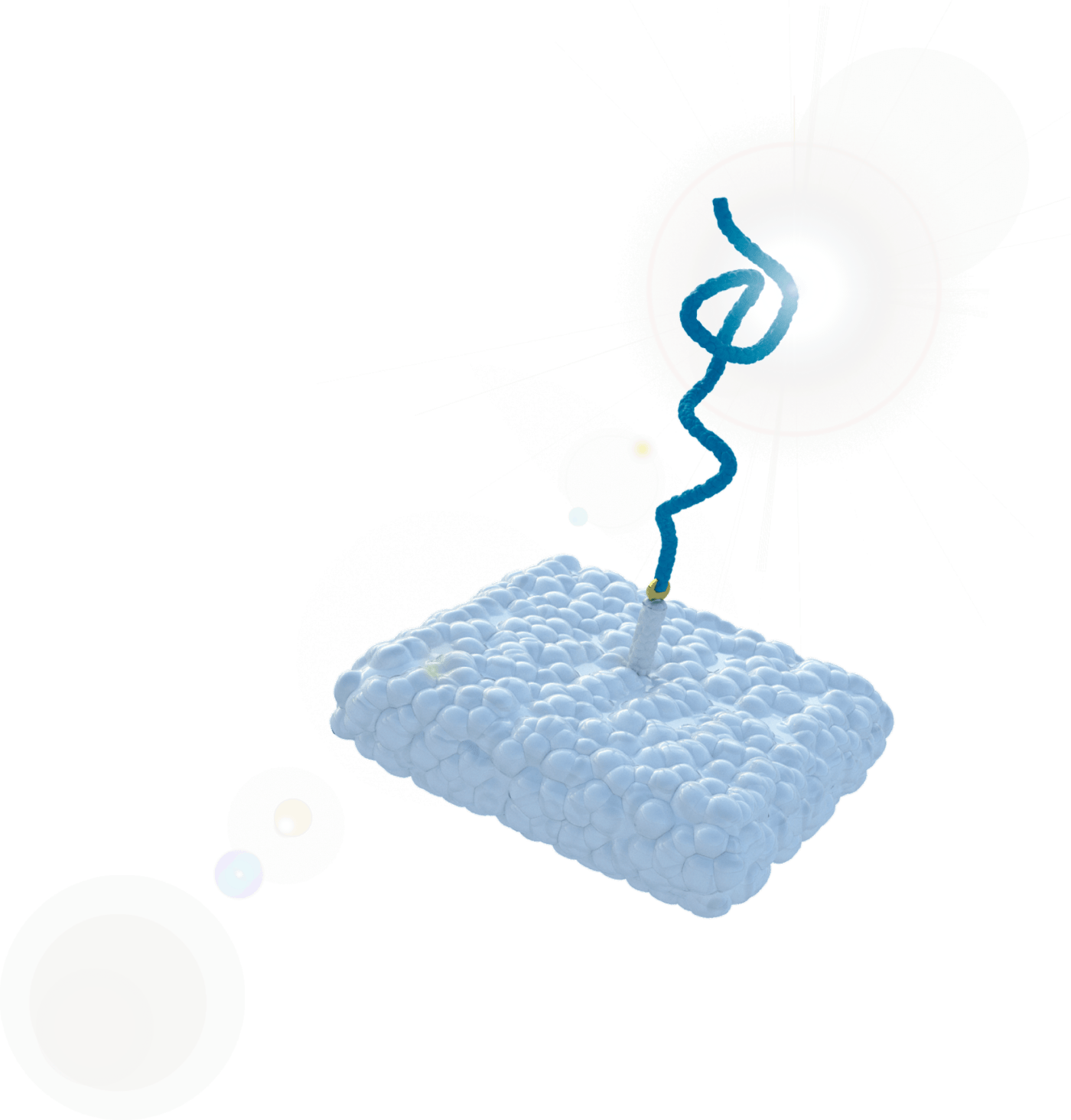
Next-generation proteomics
Our Iterative Mapping method simultaneously analyzes billions of proteins or proteoforms at the single-molecule level to power broadscale proteomics and targeted proteoform studies on the Nautilus Proteome Analysis Platform.
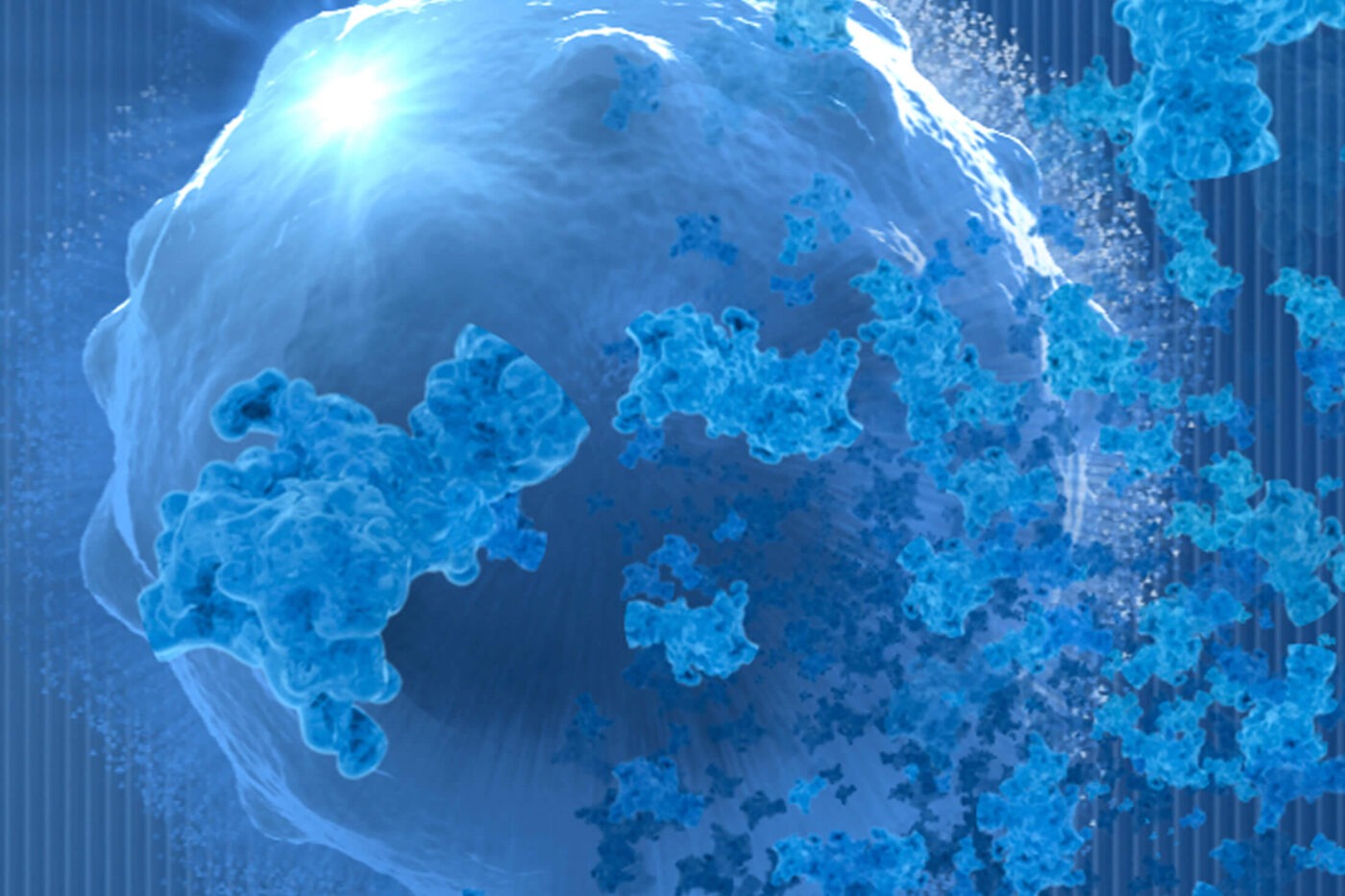
Broadscale discovery proteomics
Broadscale analyses reveal the breadth of the proteome and quantify proteins across its wide dynamic range. The Nautilus Platform employs Iterative Mapping of proteins for broadscale discovery proteomics and is designed to analyze substantively the entire proteome of a biological sample using multi-affinity probes. With an integrated workflow and an output of accessible protein counts, our platform should enable any scientist to interrogate changes to the proteome.
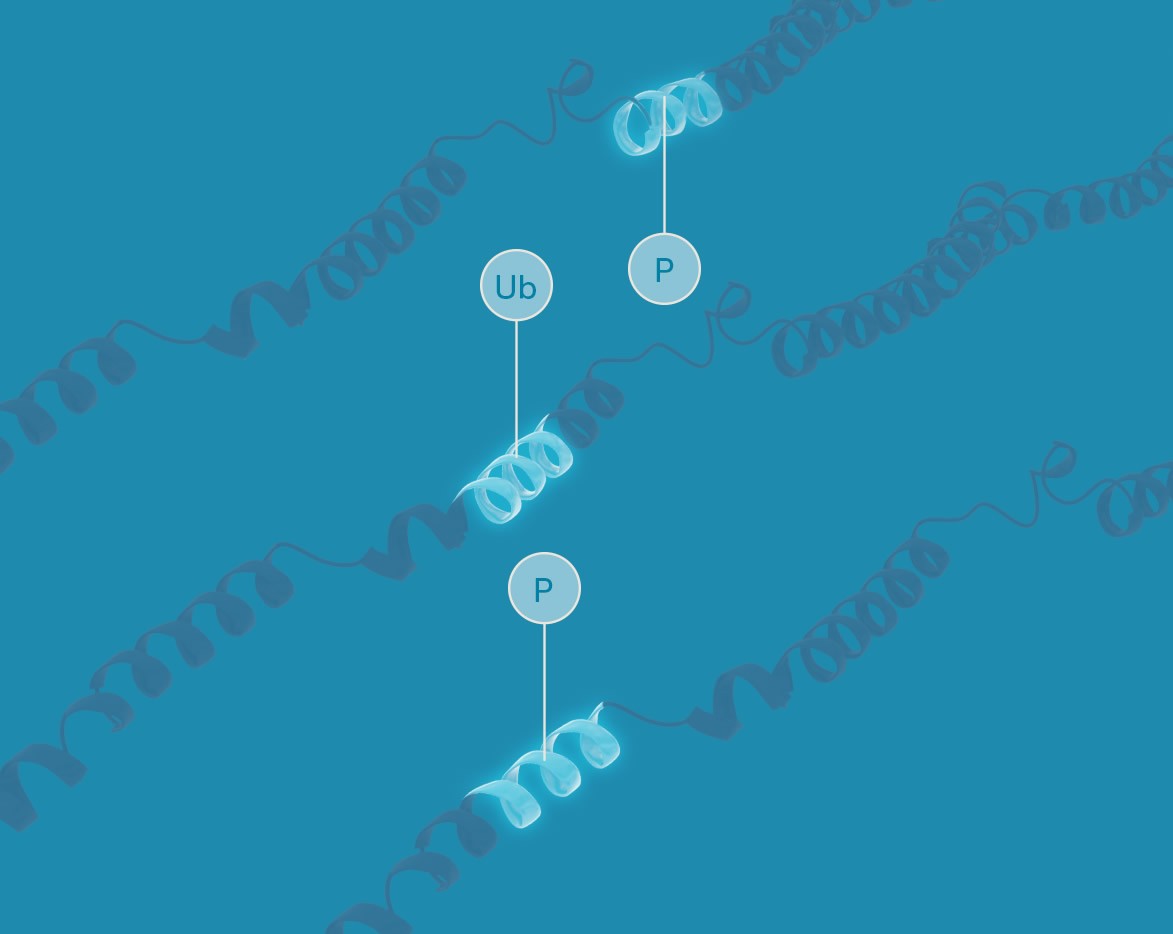
Targeted proteoform analysis
Targeted proteoform analyses provide in-depth views of individual protein molecules. We employ Iterative Mapping of proteoforms to identify targeted sets of modifications and isoform-specific sequences on full-length, single-molecule proteins. These analyses are designed to enable researchers to determine the biological impacts of the full patterns of modification found on proteoforms.
Explore the breadth of the proteome with broadscale analysis
Discover the proteoforms driving the biology of your system
Advantages of the Nautilus™ Platform in broadscale analyses
Advantages of the Nautilus™ Platform in targeted proteoform analyses
Comprehensive proteome
coverage
Unleash >95% of the proteome for holistic insights into the biology of your samples.
Learn more
Comprehensive proteome
coverage
Multi-affinity probes enables quantification of 1,000s of unique proteins providing high quality data throughput per sample.
Wide dynamic
range
Match the scale of the proteome with up to 10 billion single-molecule protein measurements per run.
Learn more
Wide dynamic
range
Up to 10 billion landing pads per sample provide up to 9 orders of magnitude dynamic range and limit the need for depleting high abundance proteins.
High
sensitivity
Identify and quantify proteins and proteoforms at the single-molecule level.
Learn more
High
sensitivity
Single-molecule counting provides the highest sensitivity for detection and quantification of proteins and proteoforms.
Reproducible and
robust
Quantitative, digital readout of intact, full-length proteins gives you confidence in your data.
Learn more
Reproducible and
robust
The combined use of hundreds of multi-affinity probes, a machine learning algorithm that parses binding data into high probability protein identifications, and automated workflows minimizes errors and improves reproducibility.
Rapid run
time
Speed time to discovery with an integrated workflow from sample to data.
Learn more
Rapid run
time
Delivering digital counts with a simple workflow avoids lengthy, time-consuming data analysis that requires specialized expertise.
Accessible
Any lab can measure the proteome with our platform.
Learn more
Accessible
Molecular labs can easily generate proteomic data from complex biological samples with simple workflows and automated data analysis and interpretation.
Integrated workflow from sample prep to protein quantification
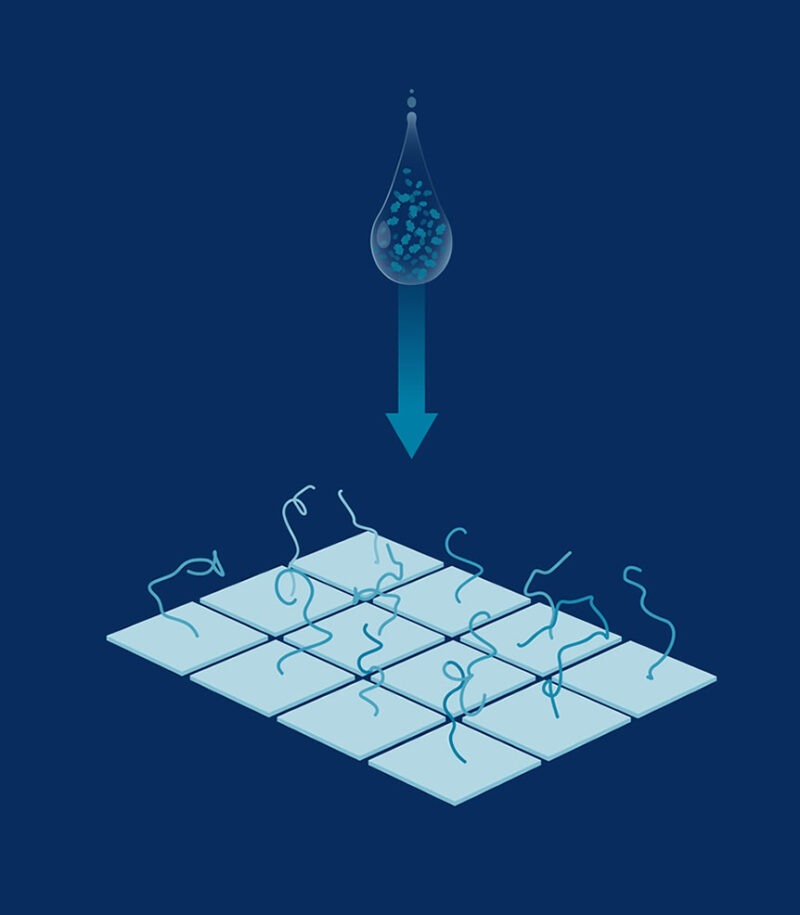
Protein library preparation
Proteins are functionalized to produce a library of single-molecules on a hyper-dense nanoarray.
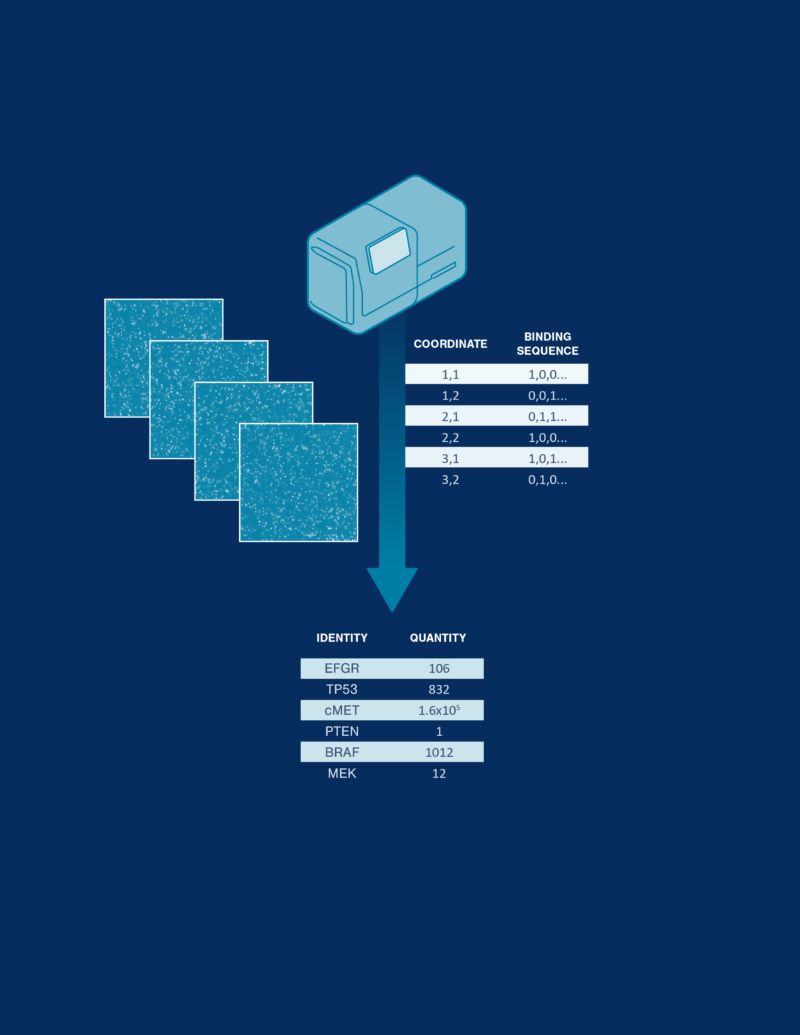
Decoding and quantification
Fluorescently labeled multi-affinity probes interrogate single proteins on the array and machine learning transforms each pattern of binding into protein identity and quantity.
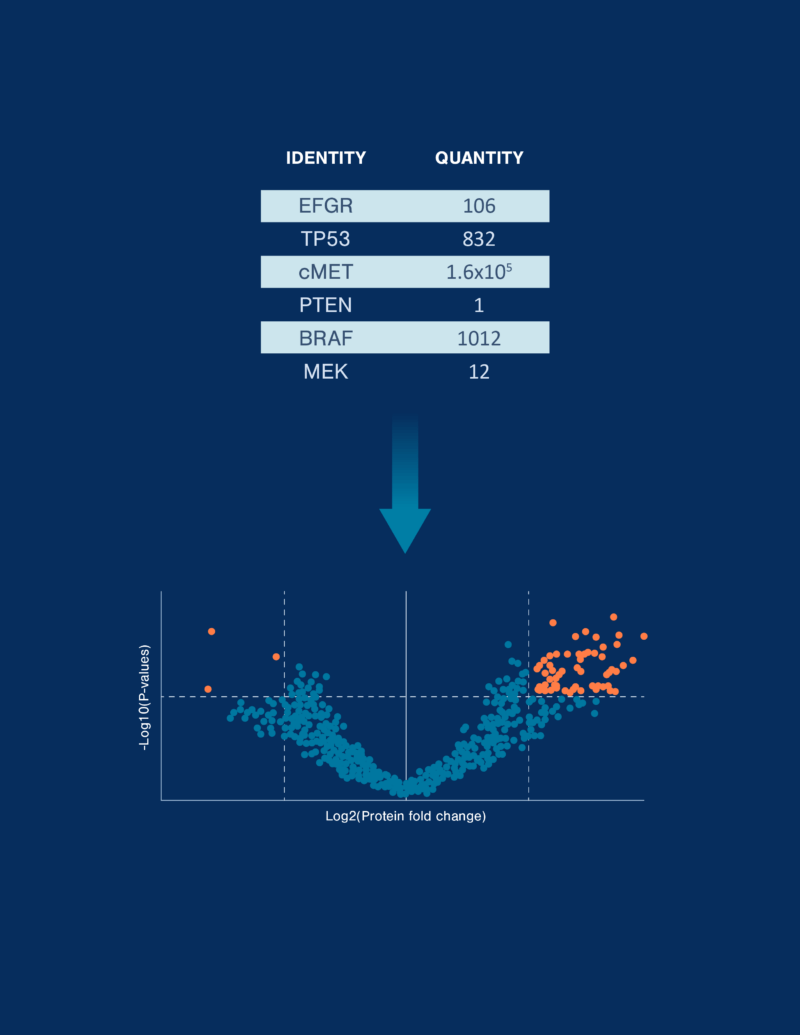
Digital protein counts can be analyzed to discover new biology
The platform generates a simple output format with protein identities and counts. Data can be further analyzed in Nautilus’ cloud portal to derive biological insights.

Protein library preparation
Proteins are functionalized to produce a library of single-molecules on a hyper-dense nanoarray.
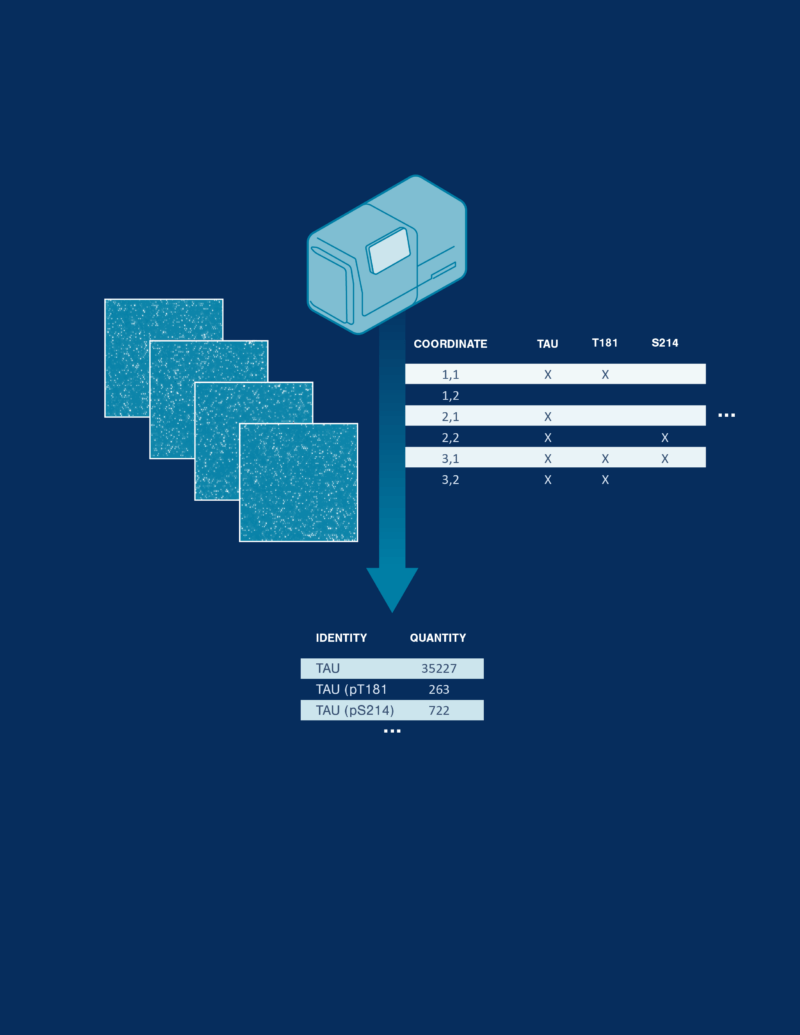
Proteoform identification and quantification
Targeted probes specific to proteoforms of interest are used to identify proteoforms on the platform. Quantification is performed by counting how many molecules of each proteoform are observed.
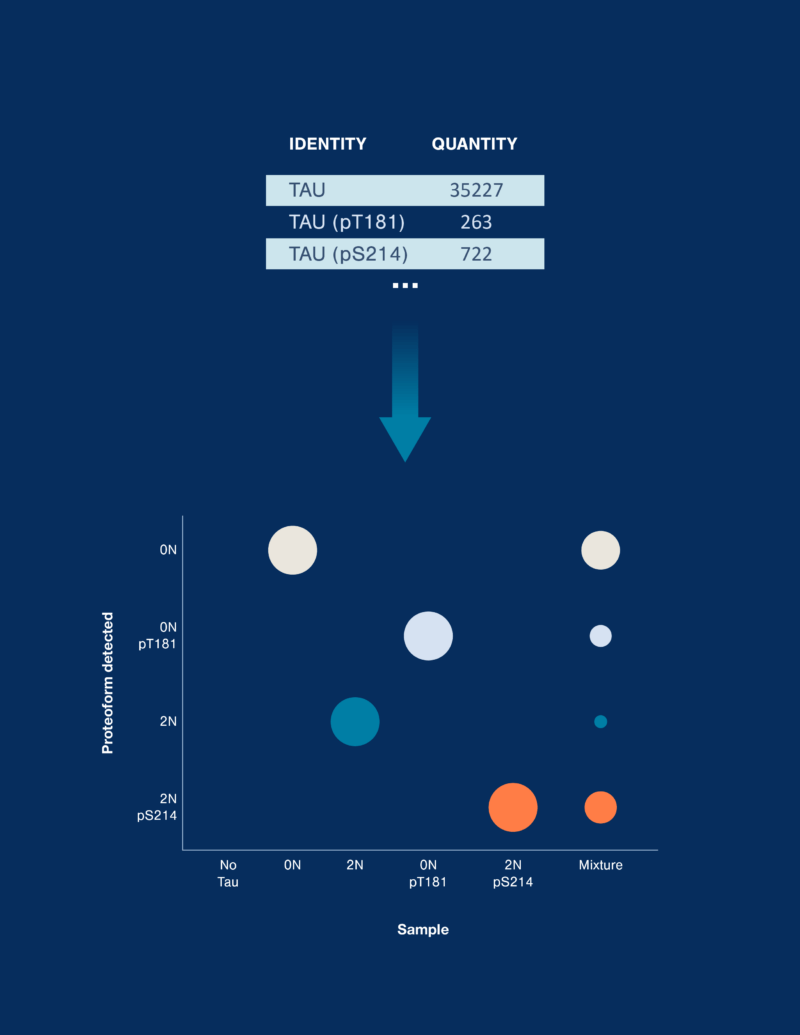
Data interpretation
Quantified proteoforms are analyzed with a variety of visualization tools to reveal new insights.
Driving biological discovery
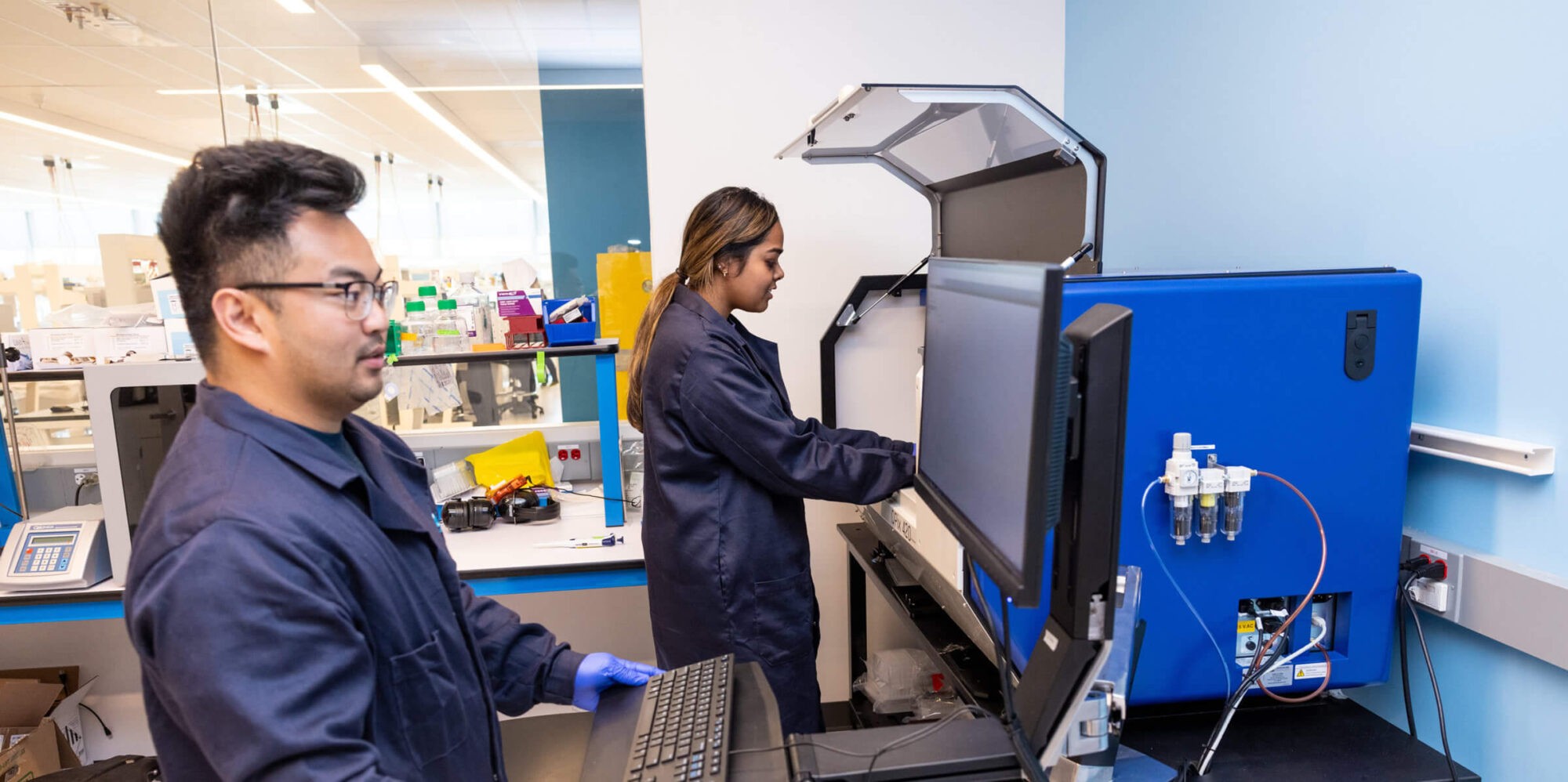
Are you looking to unleash the power of the proteome?

